AQUATIC WEED CONTROL
HOW DOES EUTROPHICATION CAUSE EXCESSIVE INVASIVE AQUATIC WEED GROWTH?
Eutrophication creates ideal conditions for the growth of invasive weeds in water bodies because as eutrophication progresses, nutrient-rich organic sediment accumulates on the bottom of the water body. This sediment provides a perfect rooting bed for invasive lake weeds, allowing them to establish and spread rapidly.
The process of eutrophication also leads to oxygen depletion in the water column, particularly near the sediment-water interface. This hypoxic environment impairs the food web and reduces the natural controls on weed growth.
As invasive lake weeds repeatedly grow and die off, they contribute to the accumulation of organic sediment, further fueling the cycle of eutrophication and weed growth through nutrient recycling.
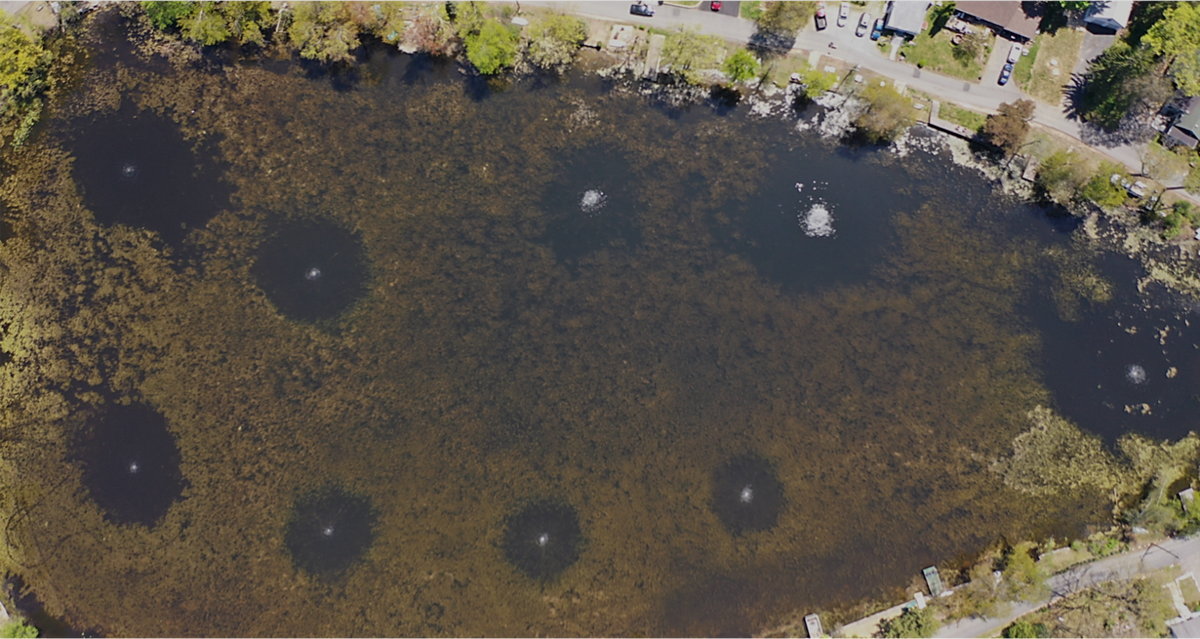
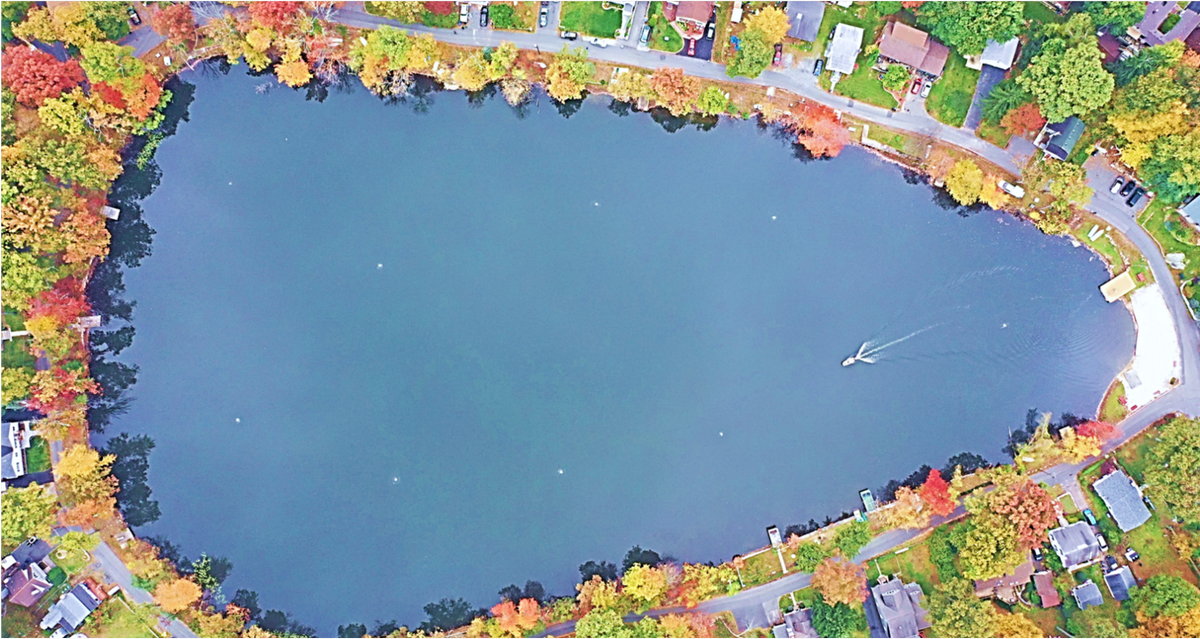

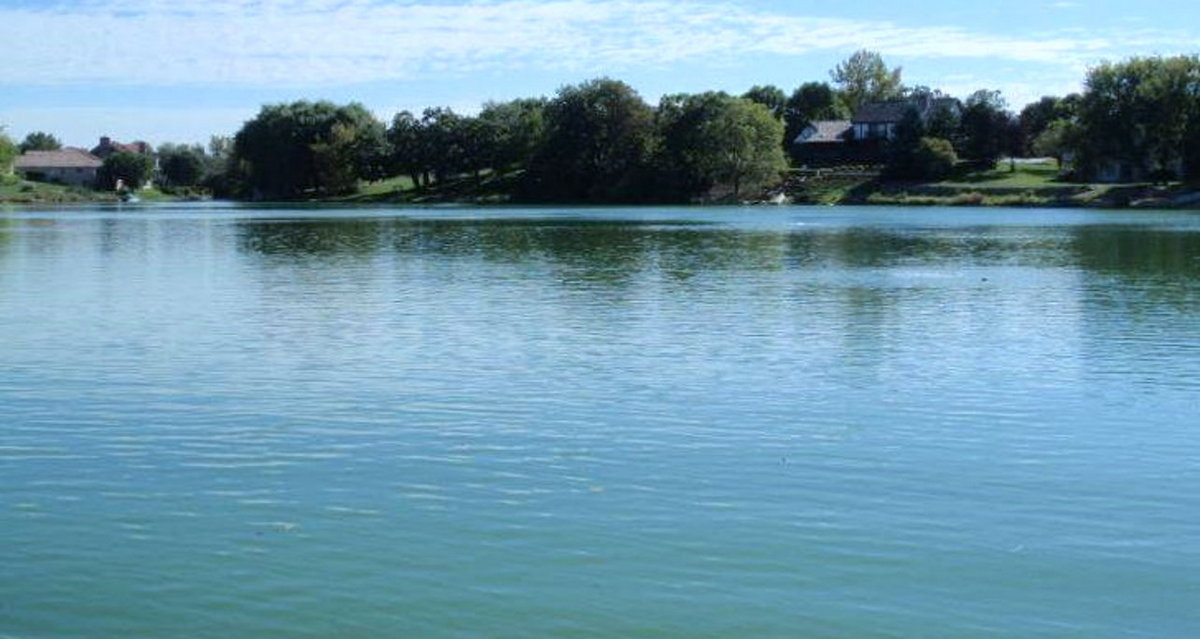
IS LAKE WEED GROWTH A PROBLEM, AND IS IT IMPORTANT?
Invasive lake weed growth is a significant problem in eutrophic water bodies because it exacerbates the negative effects of eutrophication. As invasive weeds spread, they outcompete native aquatic plants, reduce biodiversity, and alter the habitat for fish and other aquatic organisms.
When lake weeds die off, they sink to the bottom and decompose, contributing to oxygen depletion and the accumulation of nutrient-rich sediment.
Addressing invasive lake weed growth is crucial to breaking the vicious feedback loop of eutrophication. By controlling invasive weeds, we can reduce the accumulation of organic sediment, improve oxygen levels in the water, and restore the natural balance of the aquatic ecosystem.
WHAT IS THE WRONG WAY TO GO ABOUT TRYING TO FIX THE PROBLEM?
One common but misguided approach to controlling lake weeds is the use of herbicides. While herbicides may provide temporary relief by killing the visible weeds, they do not address the root cause of the problem.
When the treated weeds die off, they sink to the bottom and decompose, contributing to the accumulation of nutrient-rich sediment and further fueling the cycle of eutrophication.
Moreover, the use of herbicides can have unintended consequences on the aquatic ecosystem. They may harm non-target species, disrupt the food web, and even lead to the development of herbicide-resistant weed populations.
HOW DO YOU FIX THE PROBLEM?
At Clean-Flo, we take a holistic approach to control invasive lake weeds by addressing the root causes of eutrophication. Our Bio-Dredging technology, which utilizes RADOR oxygenation and digestive enzymes, targets the nutrient-rich sediment that provides a rooting bed for invasive weeds.
By oxygenating the sediment-water interface and promoting the biological digestion of organic sediment, we gradually remove the nutrient stockpiles that fuel aquatic weed growth. This approach not only controls invasive aquatic weeds but also breaks the positive feedback loop of eutrophication by reducing oxygen depletion and restoring the natural nutrient clearing capacity of the aquatic ecosystem.
Additionally, by re-exposing the natural lake bottom, we promote the growth of native aquatic plants, which can compete with invasive weeds and provide habitat for fish and other aquatic life.
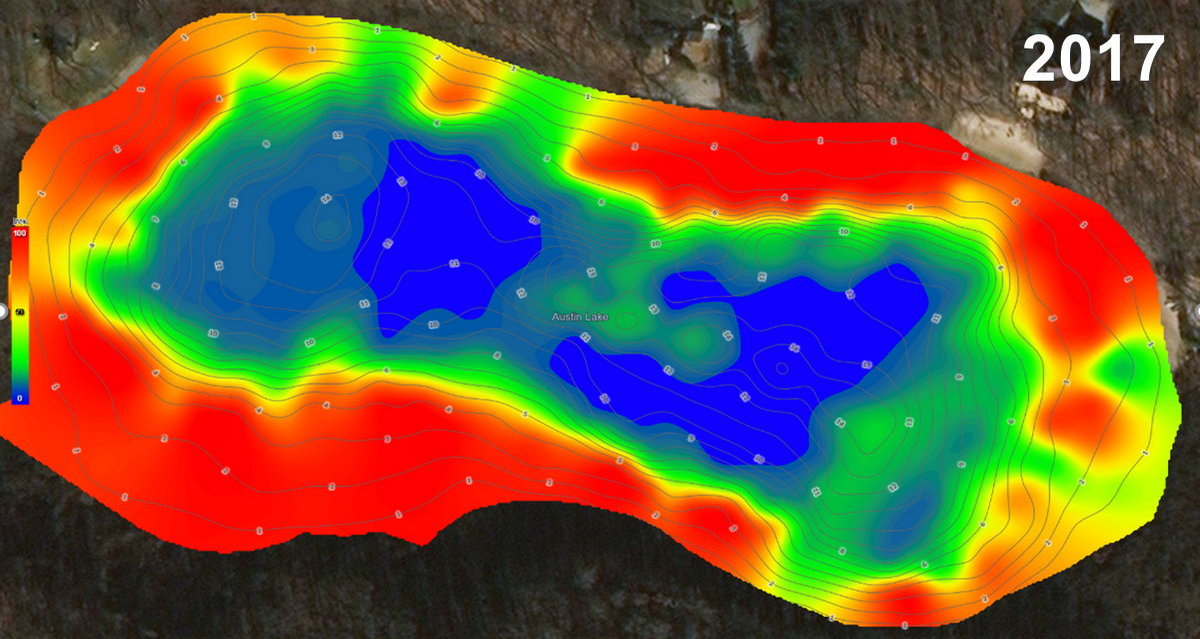
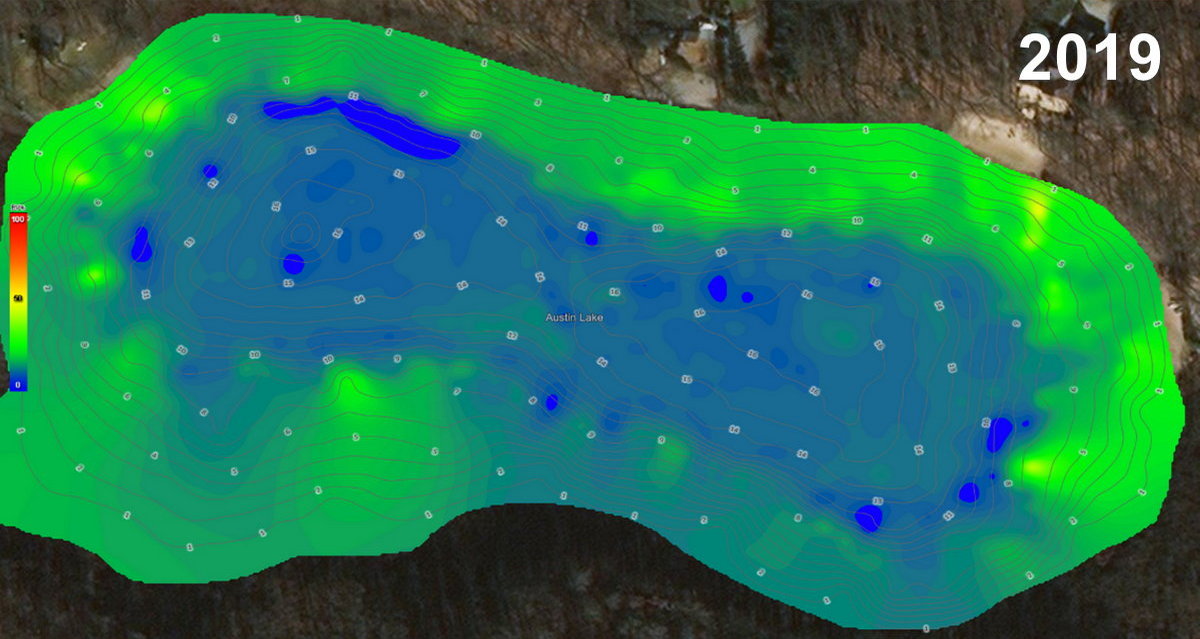
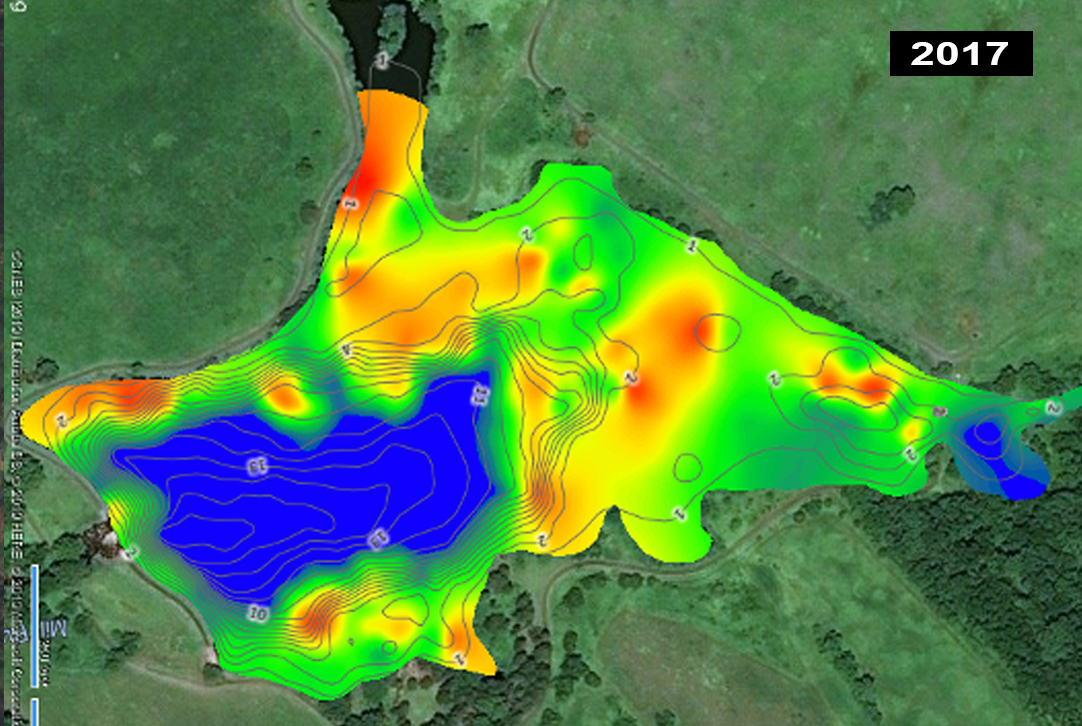
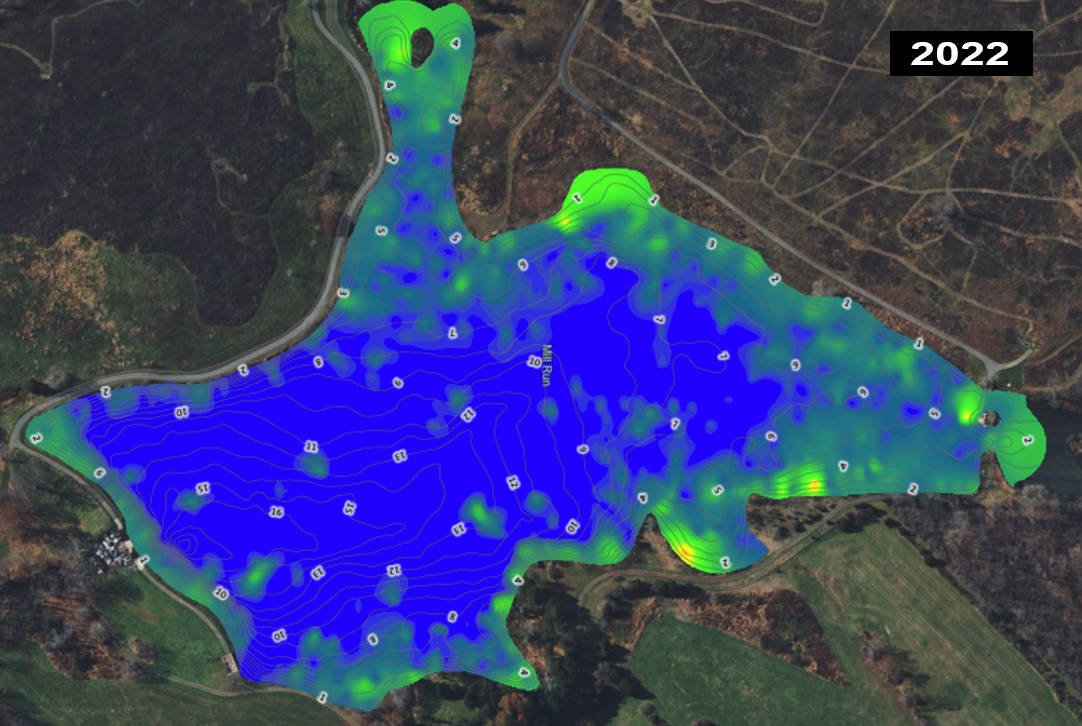
Download the Lake Management ACTION Plan E-Book
Ready to explore how oxygenation can transform your lake? Download Clean-Flo’s Lake Management ACTION Plan E-Book to learn more about our innovative solutions, real-world results, and how we can help restore and protect your lake.
